 My twenty year old air compressor finally gave up the ghost.
My twenty year old air compressor finally gave up the ghost.
I don’t use an air compressor constantly, but I need something better than the little pancake jobs that provide only a gentle breeze.
I needed to replace my old one with something beefy! I shopped for a while, focusing mainly on 80 gallon options.
What Kind of Air Compressor Do I Need?
Here’s the rundown on air compressor specs, and how to interpret them.
 The “gallon” refers to the size of the tank. This is like a battery. The bigger the volume of the tank, the longer the compressor can run a tool before the motor kicks on.
The “gallon” refers to the size of the tank. This is like a battery. The bigger the volume of the tank, the longer the compressor can run a tool before the motor kicks on.
The motors are typically rated for two things: horsepower and cfm.
The amount of horsepower it has is related to its maximum psi. Typically larger motors have more power, that means they can generate more air pressure and flow more air.
The air flow itself is measured in cubic feet per minute, or cfm.
You will want to pick an air compressor that is compatible with the type of tools you run.
Air Tool CFM Chart
| Tool Description | CFM @ 90 PSI |
|---|---|
| Angle Grinder 7" | 5-8 |
| Brad nailer | 0.4 |
| Chisel or hammer | 4-12 |
| Cut-off tool | 4-10 |
| Drill | 3-6 |
| Dual action sander | 11-13 |
| Framing nailer | 2.2 |
| Grease gun | 4 |
| Hydraulic riveter | 4 |
| 3/8" impact gun | 2.5-3.5 |
| 1/2" impact gun | 4-5 |
| 1" impact gun | 10 |
| Mini die grinder | 4-6 |
| Orbital sander | 6-9 |
| Paint gun | 12 (@60 psi) |
There are single and dual-stage compressors. You will find single stage are more entry-level, while two-stage compressors are more costly and higher performing.
Basically, the 2-stage compressors do more and do it more efficiently than single stage. But that comes at increased complexity and cost of components, meaning you have to pay more.
I wanted a 2-stage because a) I wanted something a little beefier, and b) I’m ‘Merican and we like big-honkin’ high-horsepower things!
What did I buy?
Ingersoll Rand 7.5 HP 80 Gallon Air Compressor – My Review
Ingersoll Rand is pretty well known in the air compressor world.
Air compressors are somewhat like engines in that they use pistons and cylinders to compress and move air around. A certain amount of precision is required.
I wanted a name brand rather than generic, and I wanted something made in the USA with a warranty that I could trust.
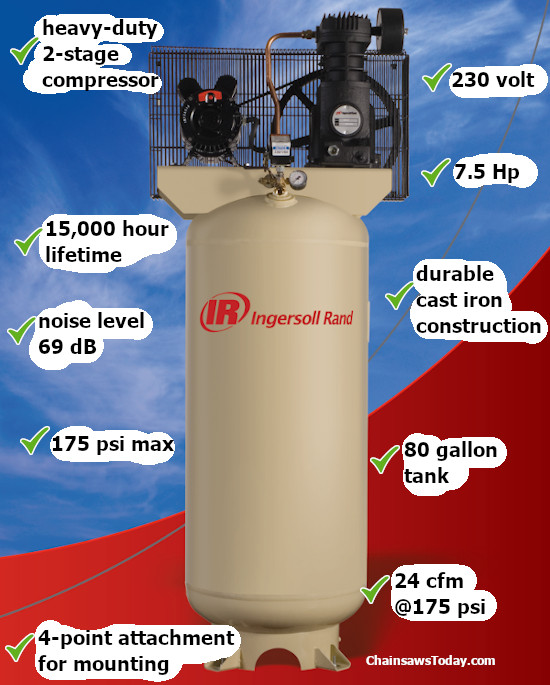
The 7.5 HP unit 2-stage, and is listed as their part number 2475N7.5. Its specs:
Country of Origin Made in USA
Air Delivery SCFM At 90 PSI 24 CFM 175 PSI
Airflow Volume 24 CFM Maximum Power and Flexibility: 100% continuous duty, 7.5 HP two-stage air compressor, 175 PSIg maximum operating pressure and an 80 gal. ASME receiver tank provide plenty of punch for the most demanding applications
Air Outlet Size 0.25 in.
Compressor Horsepower 7.5 HP
Compressor Maximum PSI 175 PSI
Compressor Tank Capacity 80 gal
Compressor Type Vertical
Compressor Voltage 230V
Drain System Manual
Drive Type 1 Phase – Electrical Vertical Tank Mounted 7.50 HP – Air Compressor Stationary Air Compressor, 80 gal.
Features The air compressor has a durable cast iron pump that is designed to provide 15,000 hours of trouble-free use.
Number Of Power Speeds Single
Number Of Wheels 0
Power Type Electric
Primary Color Brown
Primary Material Cast Iron
Product Height 76 in.
Product Length 48 in.
Product Weight 609 lb.
Product Width 40 in.
Pump Material Cast iron
Tank Fill Time 0 minutes
Tank Orientation Vertical
Warranty 1 Year
Manufacturer Part Number 2475N7.5
If you want to check out Ingersoll Rand’s brochure for this model, you can CLICK HERE. If you want to download a copy of their owner’s manual, you can CLICK HERE.
This thing is really heavy, 609 lbs! Rather than trying to get several people over here to help me load and unload, I decided to just have it delivered right to my doorstep.
Note that this thing is 230 volt, so if you don’t have 230V available in your garage, you may need to consider a different option.
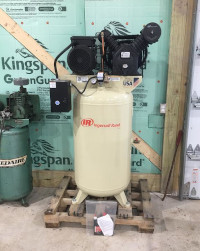 It arrived in a big crate, and I made quick work of uncrating it and moving it into it’s final position with a dolly and some grunting and shoving.
It arrived in a big crate, and I made quick work of uncrating it and moving it into it’s final position with a dolly and some grunting and shoving.
It is fairly loud, which is to be expected for a unit of this size. Speaking of which, that’s the other drawback – it takes up a lot of floorspace.
It is roughly the same size as my previous compressor, so again this is not unexpected.
Wiring and plumbing were easy, and I got the oil and filter kit for the smoothest startup. It fills the tank pretty quickly with that giant, 2-stage motor. No leaks and no problem keeping up with my shop tools.
I have had the beast for about two months now. As I said in the beginning, I don’t need something for daily, continuous use, and I probably over-bought. They claim it is designed for a 15,000 hour lifetime. It is a really nice piece of equipment, and it gives me a piece of mind that I bought a high-quality American brand with a warranty.
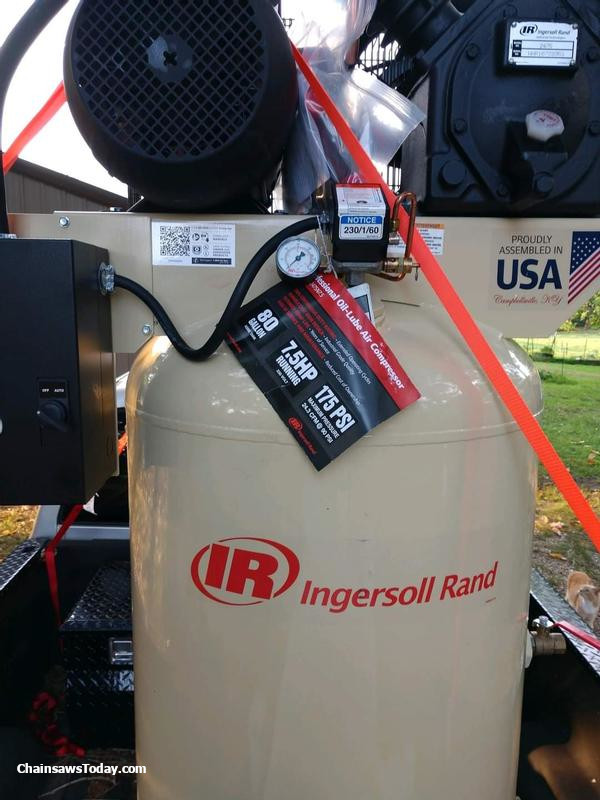
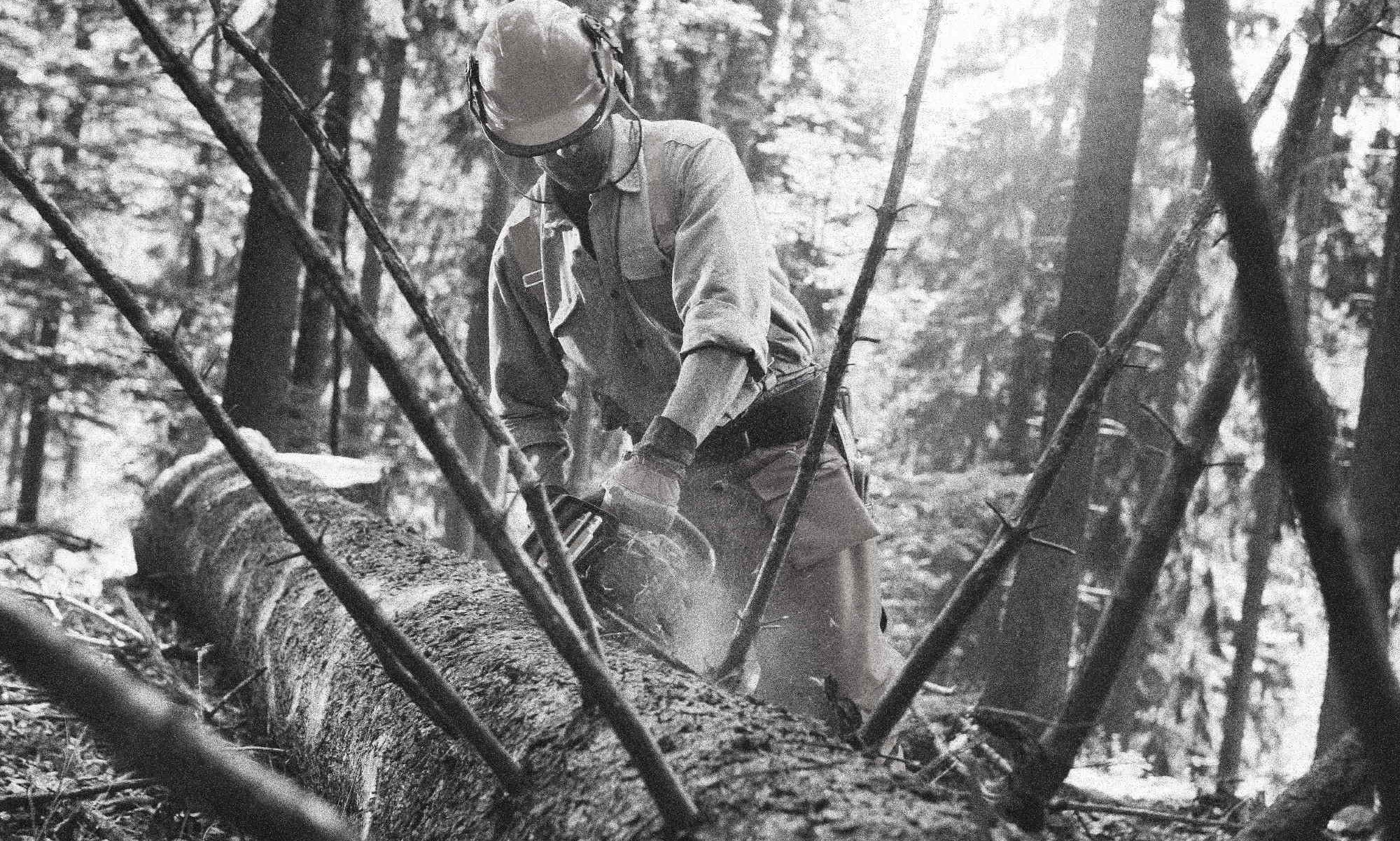
 Raise your hand if you’ve ever lugged a heavy, noisy, vibrating string trimmer all over God’s green earth and then had a backache that evening.
Raise your hand if you’ve ever lugged a heavy, noisy, vibrating string trimmer all over God’s green earth and then had a backache that evening.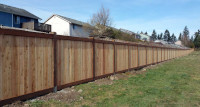 They are really made for cutting acreage. And even then, depending on your terrain and what you’re trying to cut, they may not be suitable.
They are really made for cutting acreage. And even then, depending on your terrain and what you’re trying to cut, they may not be suitable.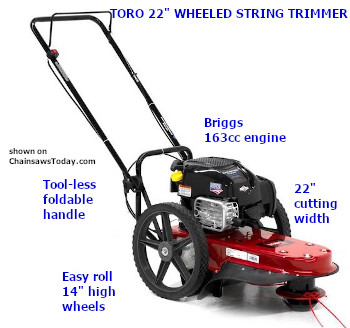


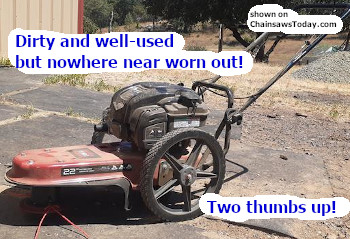
 If you’re a regular reader of ChainsawsToday, you know I love getting my hands on various chainsaws and trying them out.
If you’re a regular reader of ChainsawsToday, you know I love getting my hands on various chainsaws and trying them out.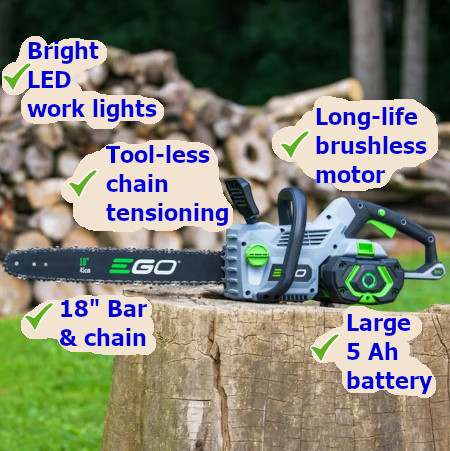

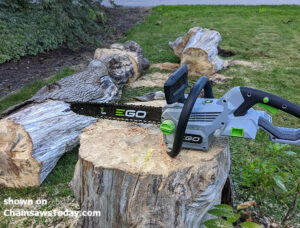
 Or maybe you live on a tropical island and you don’t even own a winter coat!
Or maybe you live on a tropical island and you don’t even own a winter coat!


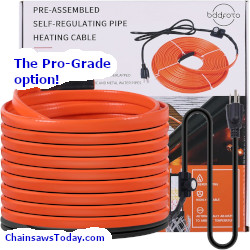

 In many cases, once it’s lost, it never comes back. Also, it can be cumulative. The more exposure you have to loud noise, over time it will absolutely begin to affect your hearing.
In many cases, once it’s lost, it never comes back. Also, it can be cumulative. The more exposure you have to loud noise, over time it will absolutely begin to affect your hearing.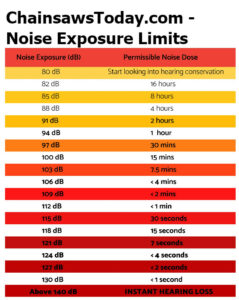

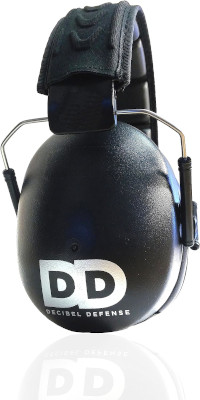

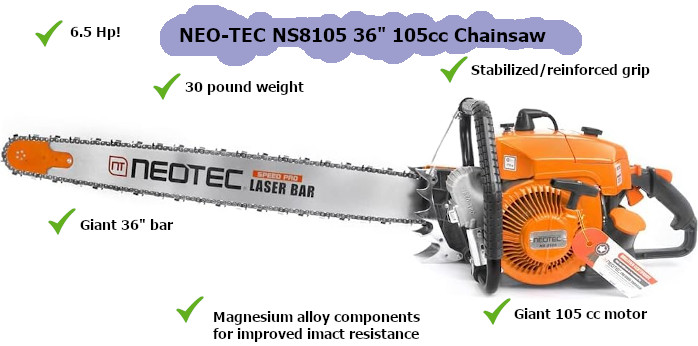
 Right out of the box, this thing started right up and gave me no issues cutting.
Right out of the box, this thing started right up and gave me no issues cutting.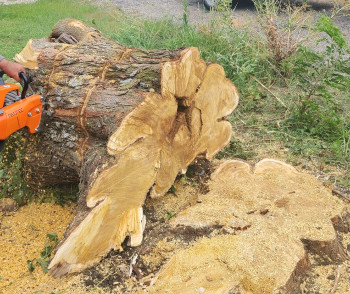
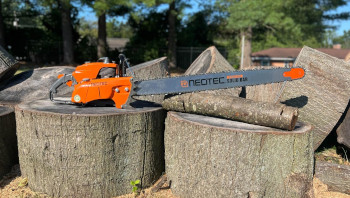

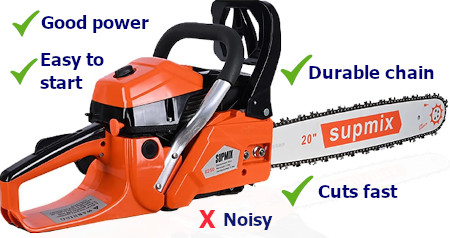
 This thing starts easily. I have heard some folks complaining about getting it started, but I often wonder if those are people that complain about starting all saws. I had no trouble hot or cold, a few pulls of the cord and it was rip-roaring.
This thing starts easily. I have heard some folks complaining about getting it started, but I often wonder if those are people that complain about starting all saws. I had no trouble hot or cold, a few pulls of the cord and it was rip-roaring.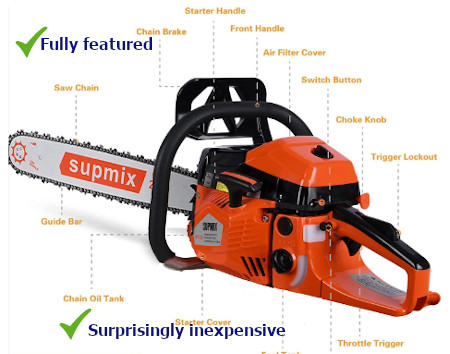
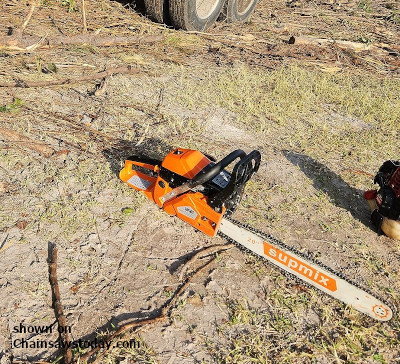
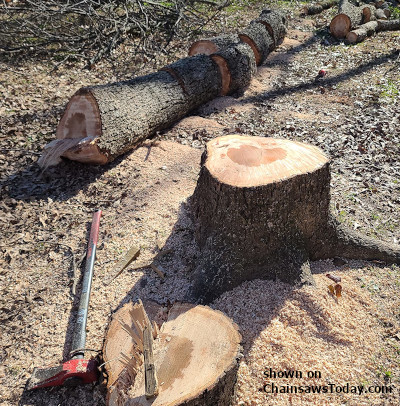
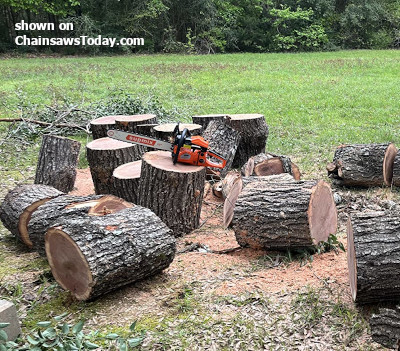
 You will no longer be uneducated, or have to rely on random nextdoor neighbor guesstimates. You are going to get the real, accurate scoop…
You will no longer be uneducated, or have to rely on random nextdoor neighbor guesstimates. You are going to get the real, accurate scoop… Maybe you’re ordering wood and the guy is going to sell you a certain number of cords for $100. Maybe you’re cutting or splitting wood, and you’re wondering how much there is to cut or split. Regardless, you don’t say “a truckload” or “about 500 pounds”. You use the number of cords to describe the amount.
Maybe you’re ordering wood and the guy is going to sell you a certain number of cords for $100. Maybe you’re cutting or splitting wood, and you’re wondering how much there is to cut or split. Regardless, you don’t say “a truckload” or “about 500 pounds”. You use the number of cords to describe the amount.
 You can use those dimensions to help you estimate the volume of wood in uncut, unsplit logs too. If you have a pile of logs that are 16 feet long and roughly 4 feet high and 4 feet wide, then you would extrapolate that to mean there are 2 cords of wood there. Make sense?
You can use those dimensions to help you estimate the volume of wood in uncut, unsplit logs too. If you have a pile of logs that are 16 feet long and roughly 4 feet high and 4 feet wide, then you would extrapolate that to mean there are 2 cords of wood there. Make sense?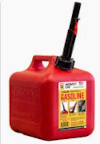 I have been watching with great interest as electric log splitters have gotten better and more available over the years. There are a lot of great things you get with electric, even though it has some drawbacks too.
I have been watching with great interest as electric log splitters have gotten better and more available over the years. There are a lot of great things you get with electric, even though it has some drawbacks too.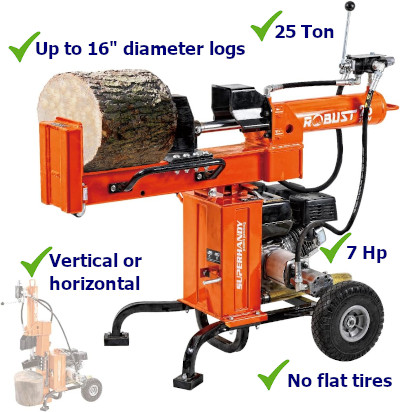
 I’m no dummy, I’m pretty handy and can put pretty much anything together. But when they say it may require two people to assemble… they ain’t lying.
I’m no dummy, I’m pretty handy and can put pretty much anything together. But when they say it may require two people to assemble… they ain’t lying.